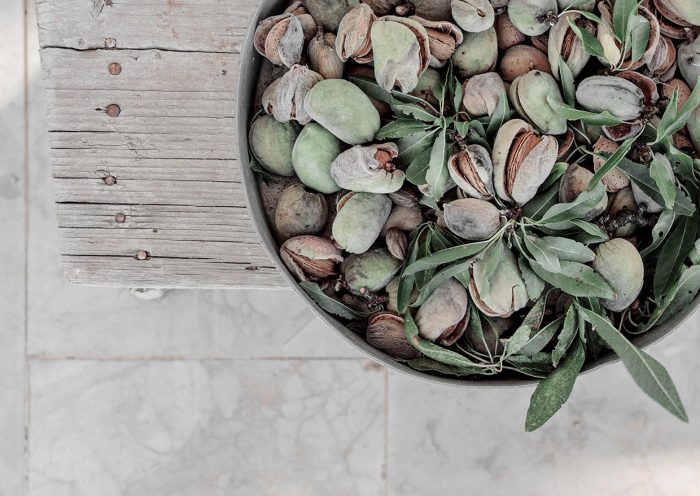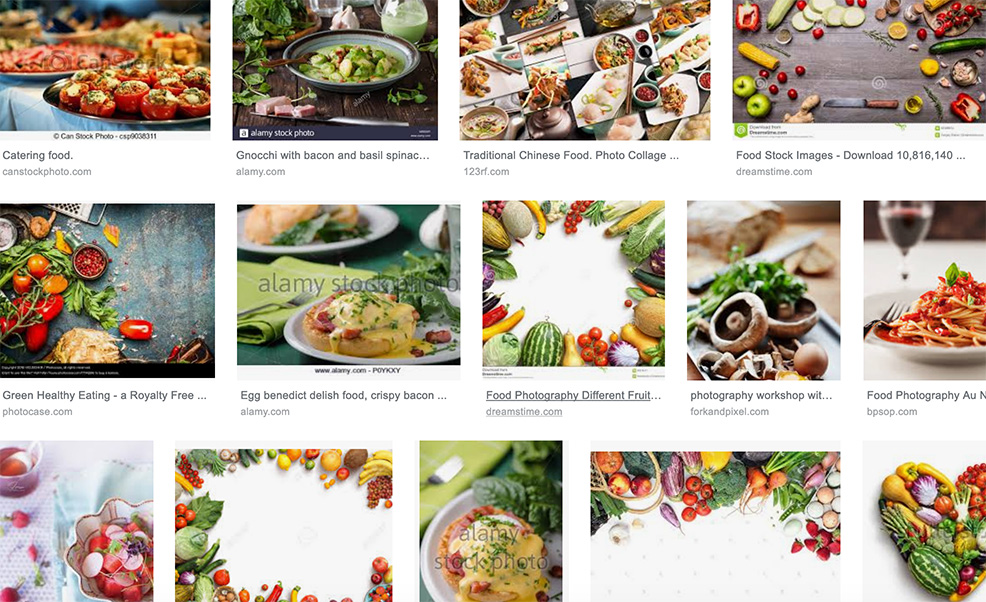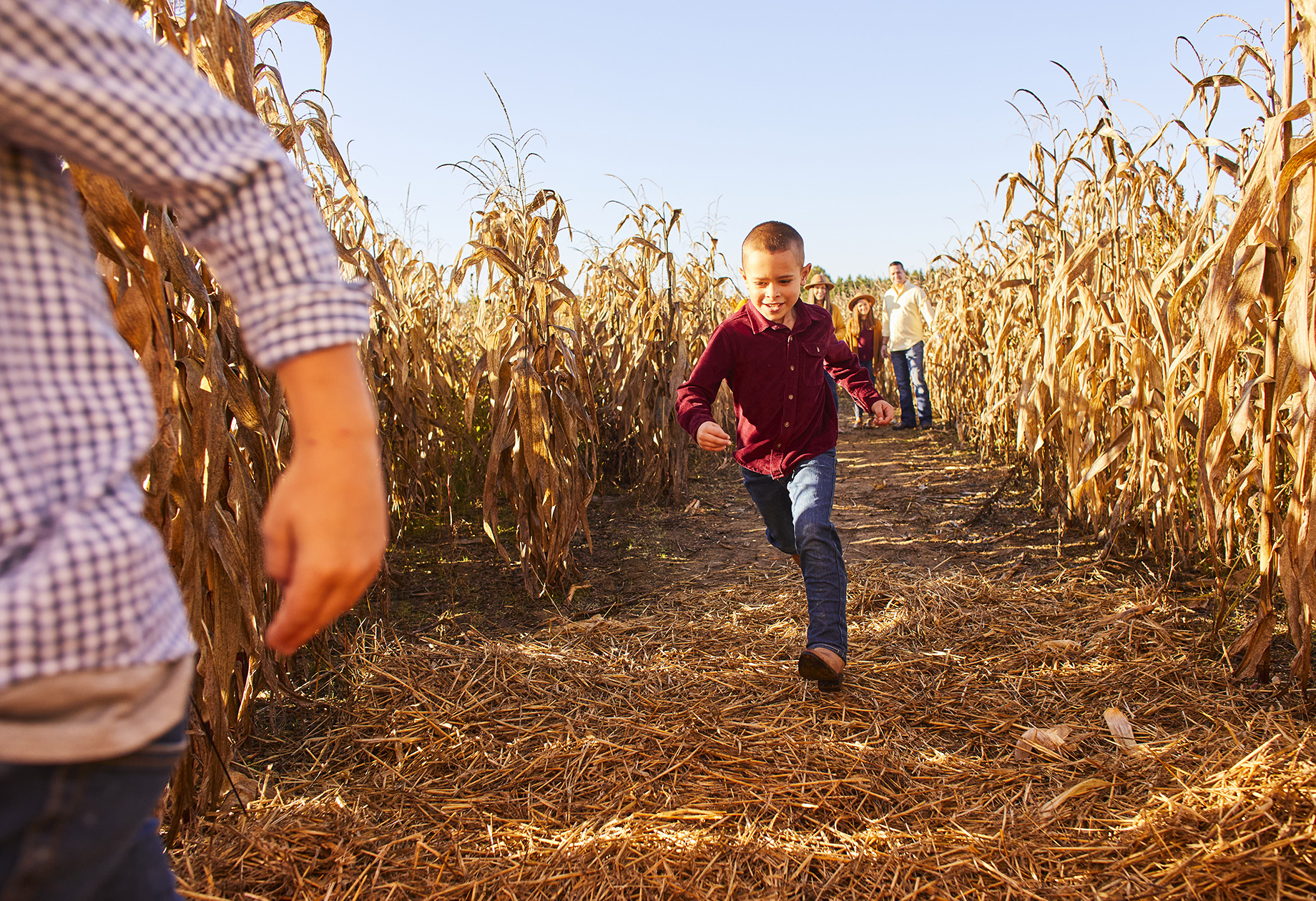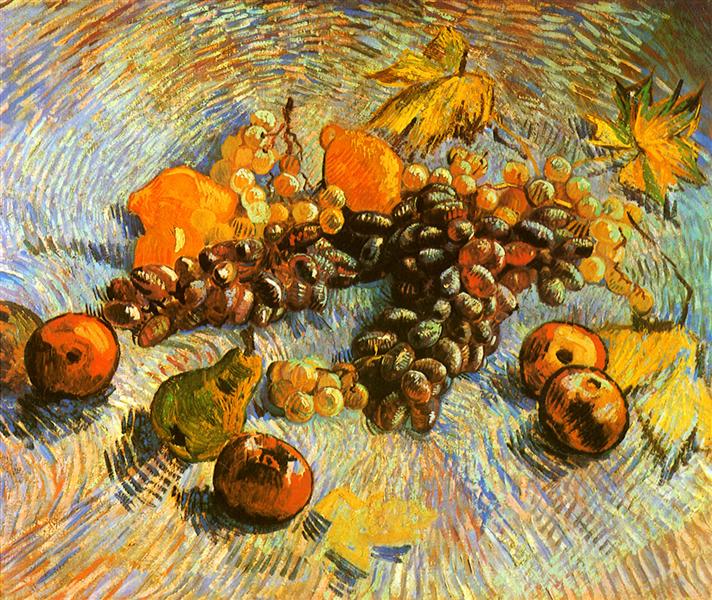My Greek Family Farm to Table Almond Tree Story
“Nut trees will give you food to keep you alive” – my Grandfather
Every autumn my Greek grandfather would plant a couple of food bearing trees on the piece of land he inherited from his father: almond, fig, pomegranate, walnut, and olive trees. My grandmother fed her family with the harvest. Food wildly grown, allowed my grandfather’s generation to survive in times of war and scarcity. These gifts of nature are what kept my family alive and healthy.
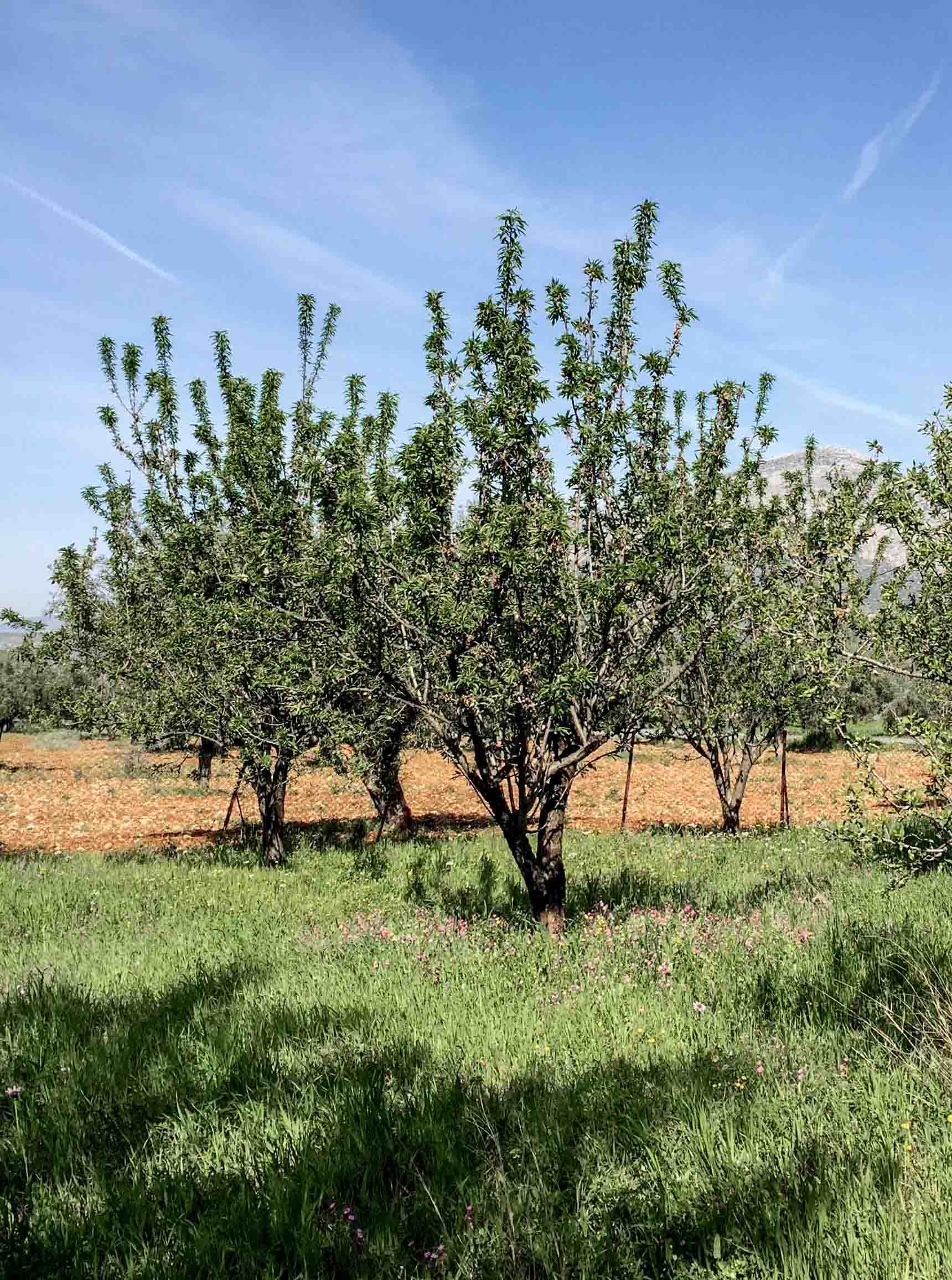
Expanding our timeline to the current food crisis where pure, organic food is rare, not to mention expensive, you might find yourself relating to my family’s story, and wishing for a plot of land of your own.
The two old almond trees planted in my family’s field provided almond nuts for the whole family, year round. As kids, my brother, cousin and I would climb on them and play under their shadow, always amazed by their size. Full of fruit in the summer, hanging heavy over the fertile land.
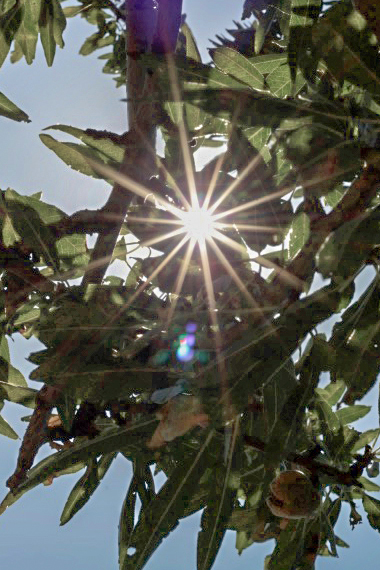
Almond trees bloom once a year right before their leaves come out at the beginning of spring. Enough rain is necessary, and the absence of snow and hail, to ensure that the young fruit will stay on the tree. If it is a good year, the fruits will mature over the summer, and the first harvest is ready to be picked around October to November.
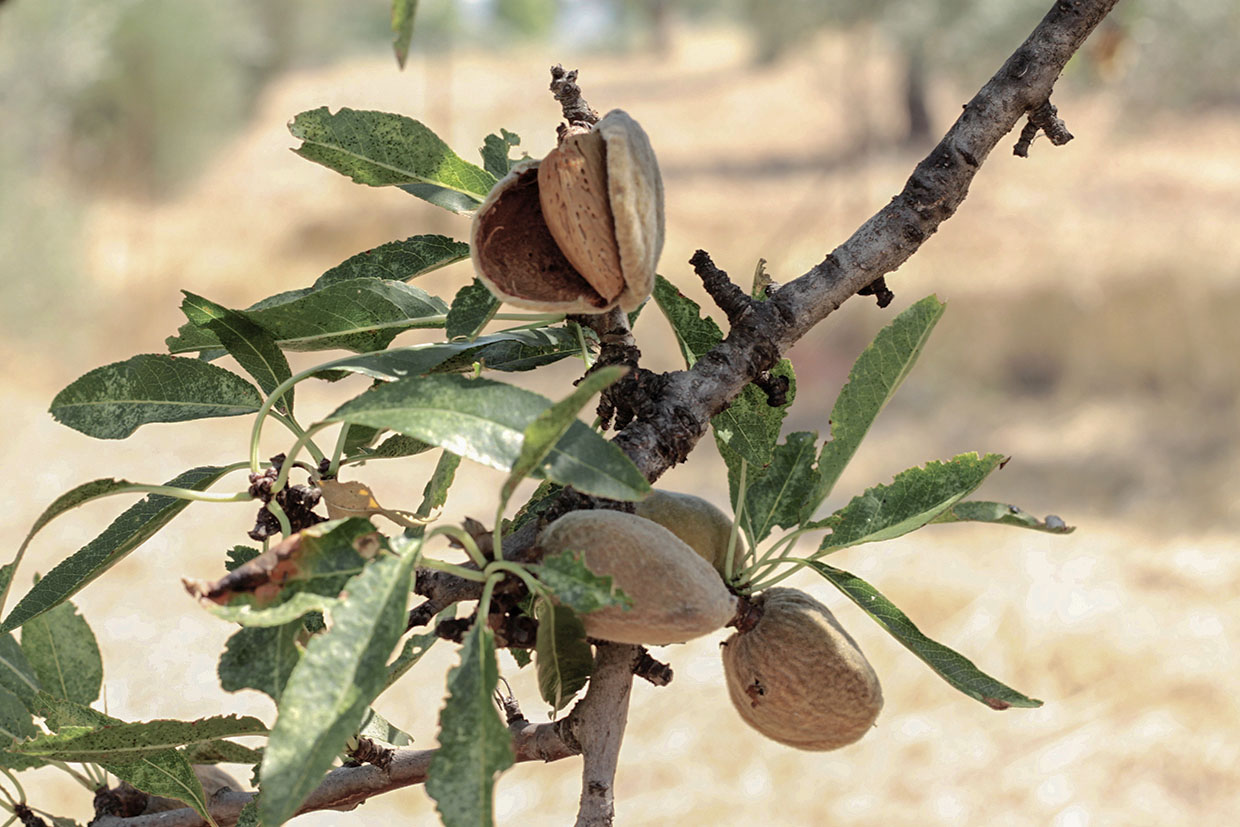
The traditional way of harvesting almonds is to spread large parchments of Hessian fabric, a densely woven natural fiber, on the ground and around the base of the tree. Then, with long sticks, the tree is being ‘drubbed’ to force the fruits fall on the ground. You would think that this is a brutal practice, but it is actually rejuvenating, as drubbing will be a way to prune and fortify the tree after the demanding months of fruit creation.
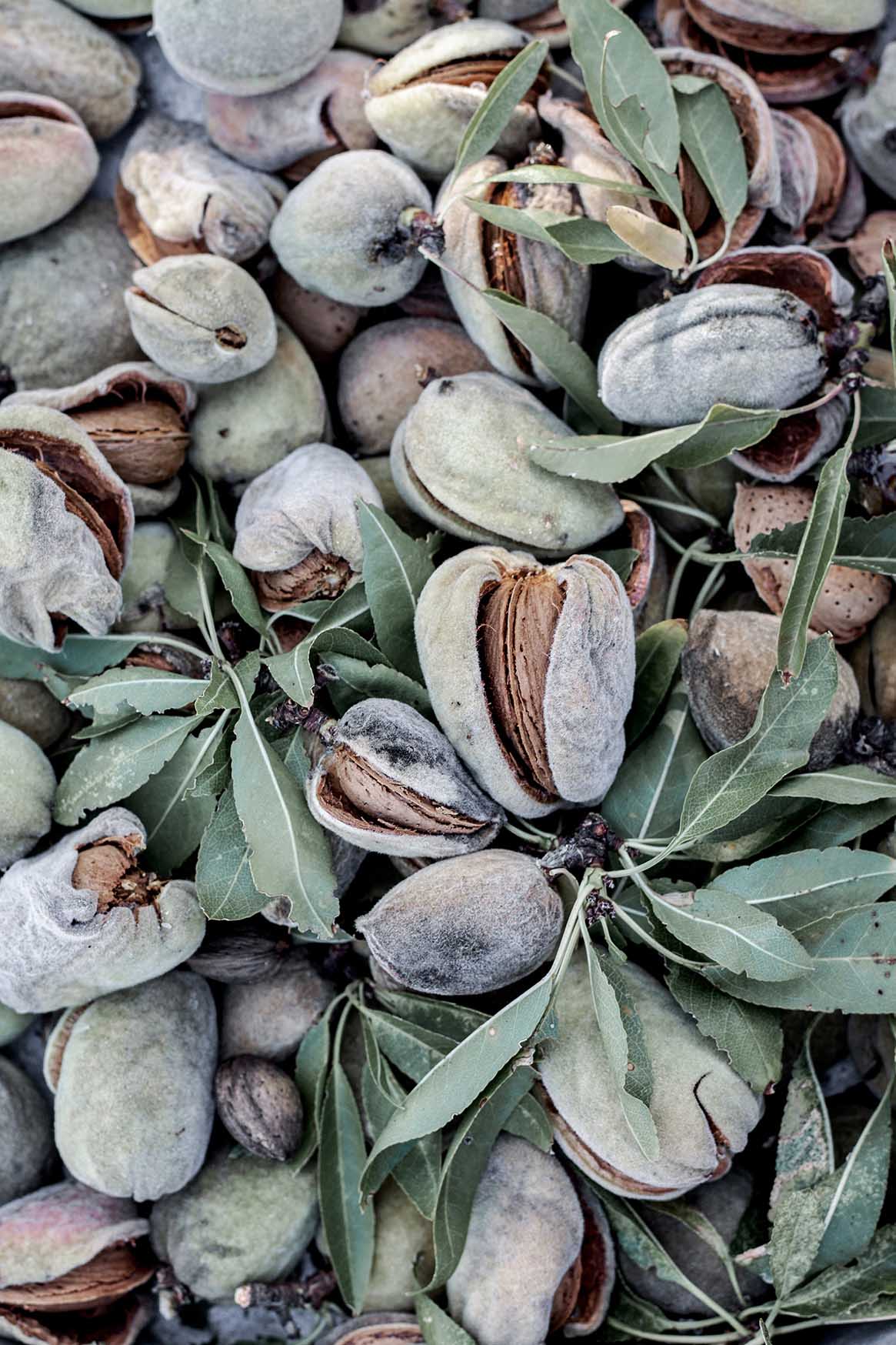
Almonds are not actually nuts, but “drupes”, similar to apricots, plums and cherries, with a thick coat called a hull. Inside the hull is the edible seed, commonly called a “nut”. As the fruit matures, the hull splits to release the “nut”. The naturally harvested fruit must sit in the sun for 2 to 3 weeks to cause the hull to split. Then the hulls are collected in big Hessian fabric sacks to let the air circulate as much as possible and prevent mold formation.
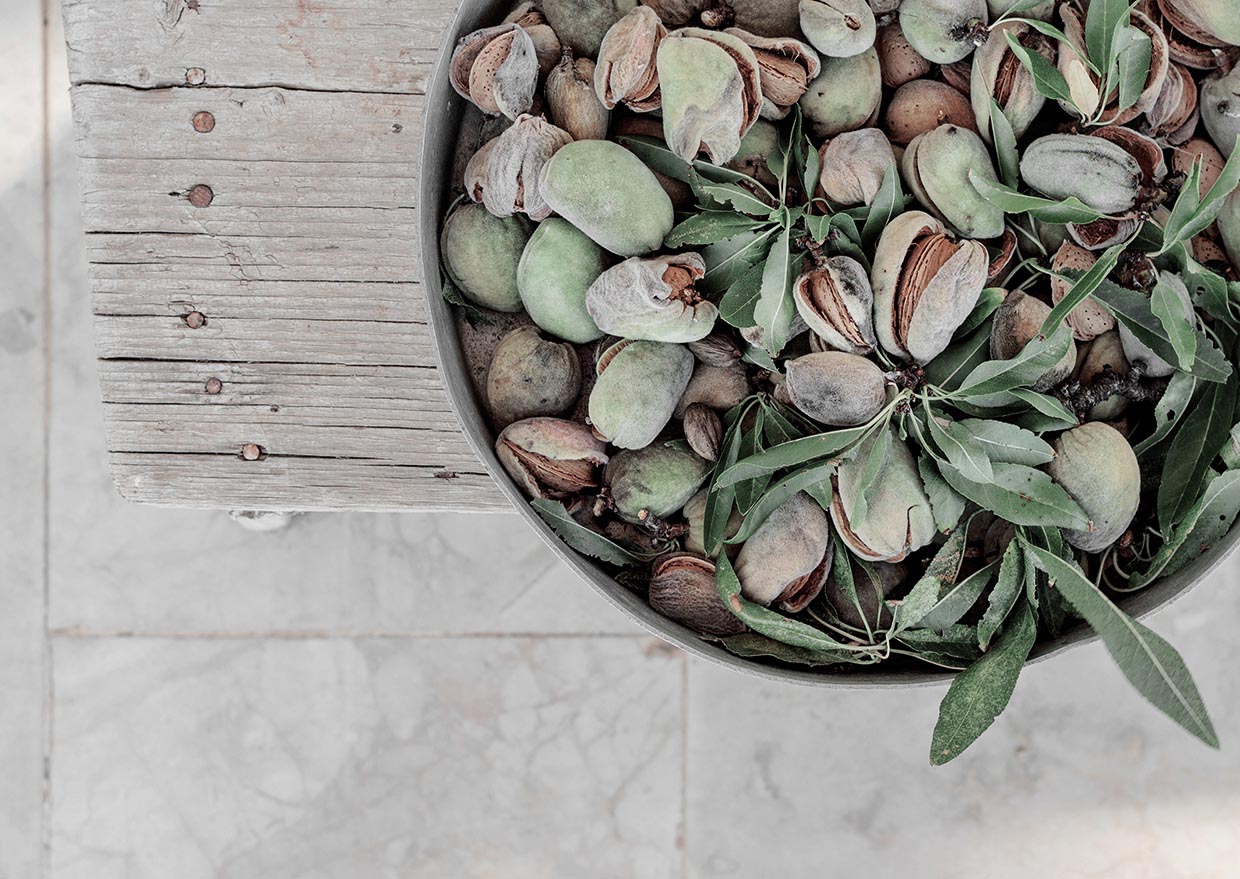
The hull will be crushed to reveal the almond seed. This hull is harder than those on walnuts or hazelnuts, and that is why we choose to crush the hulls on a hard iron surface, like the old scale weights that my grandpa – as a grocery shop owner – would use for this task. Today, at an industrial level, modern machinery is used in place of this demanding manual work.
After all this hard work, there are many enjoyable culinary methods to consume the almond seed: raw, oven-roasted, fried or blanched. It can be ground into flour for baking, or turned into almond butter.
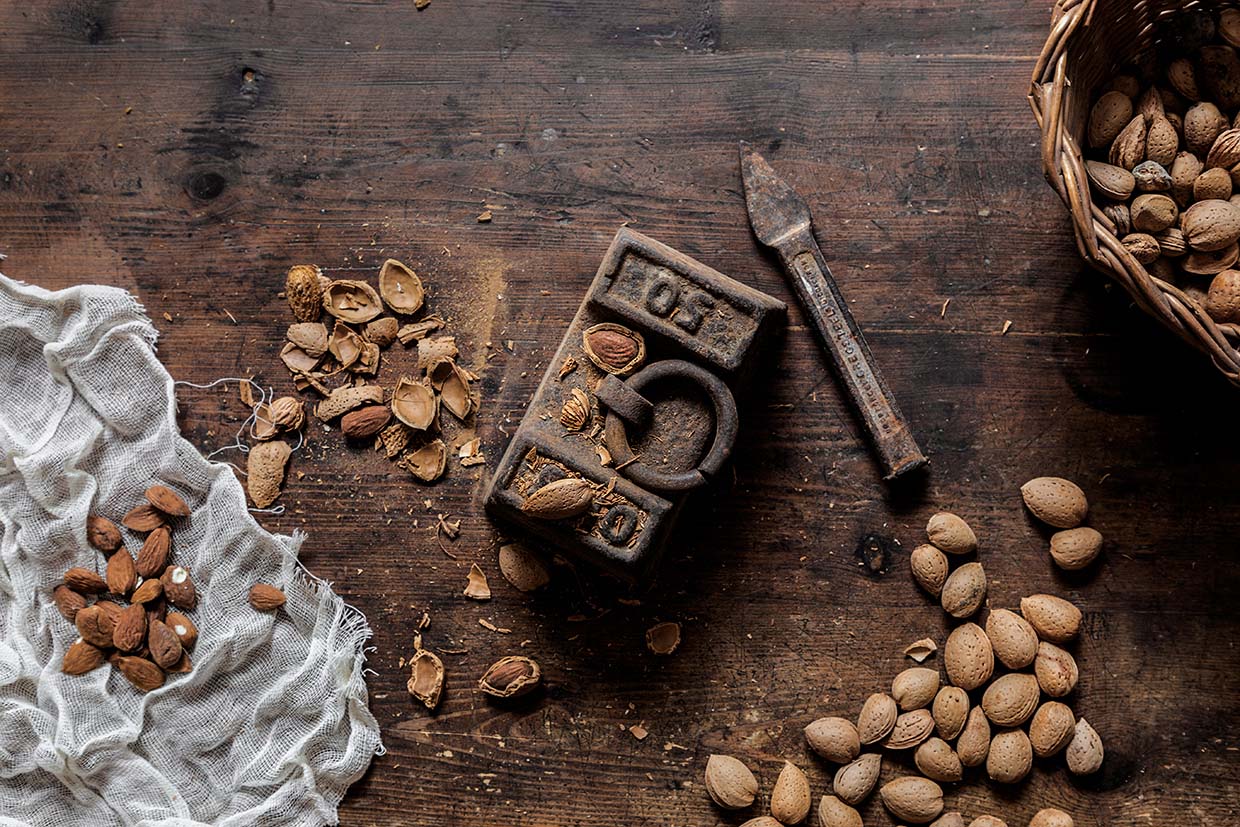
One of my favorite memories is watching my grandma blanch the almonds in hot water, peel them one by one, and then oven roast them until they turn slightly light brown. She would store them in the kitchen cupboard and use them to make cakes and sweets for the family.
I made my own version of my grandmother’s almond cake, and I would have loved it to have her taste it.
I chose not to blanch the almonds because I think there is a different taste-twist when the skin is included. I did halve the raw almonds, and then I roasted them for 7 min in preheated oven at 170°C (350 F) like she used to do 🙂
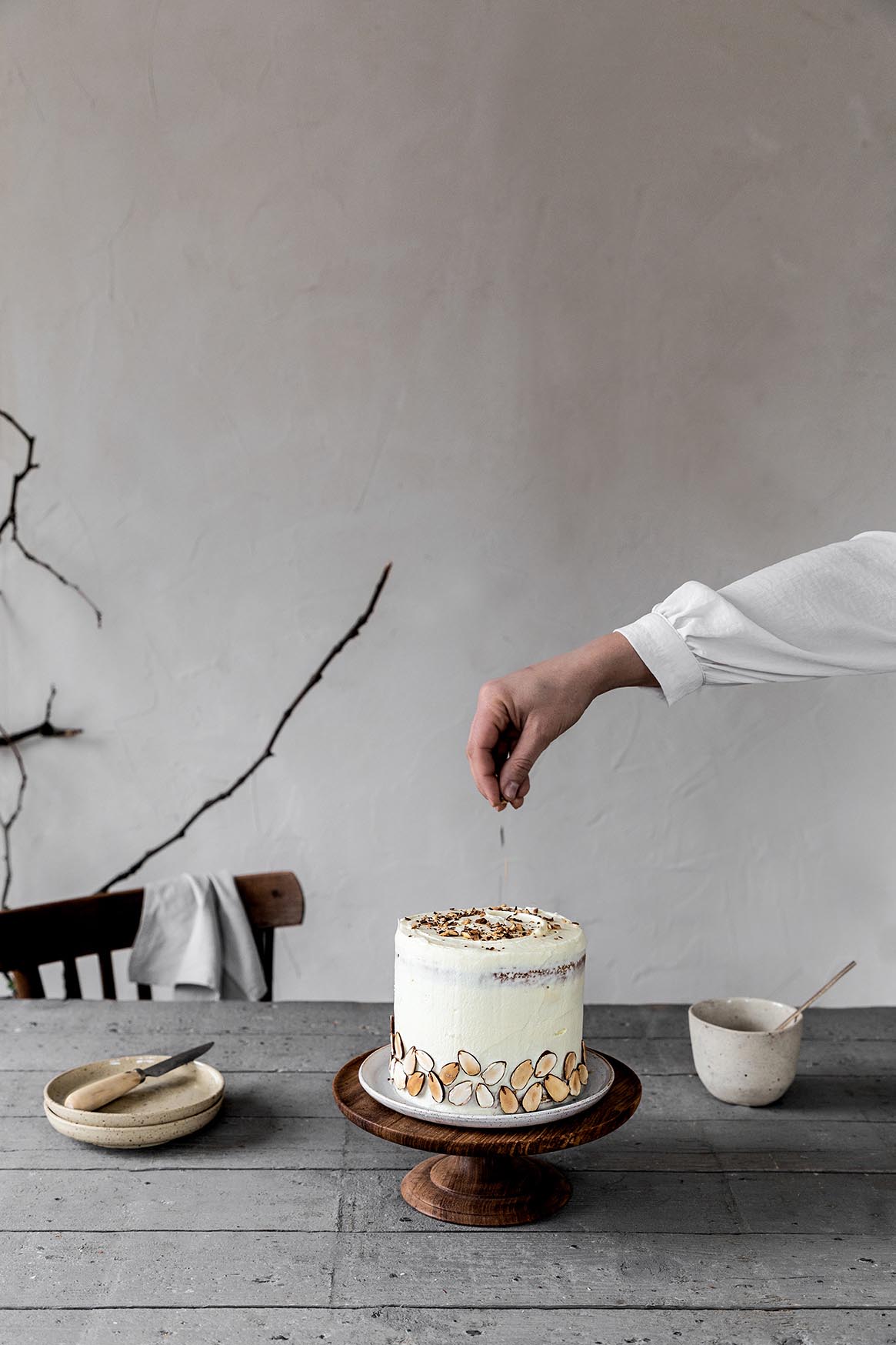
Roasted Almond Cake
INGREDIENTS (make 1 cake of 4 layers of 16 cm/6″ in diameter)
Cake
- 460 g all purpose flour (16 ounces)
- 3 teaspoons baking powder
- 1/4 teaspoon sea-salt
- 145 g butter (5 ounces)
- 180 g brown sugar (6 -7 ounces)
- 2 locally farmed eggs
- 300 ml almond milk (unsweetened)
- the contents of 1 vanilla pod, split and seeds scraped
- 60 g (2 ounces) oven-roasted almonds, crushed
Buttercream Frosting
- 225 g butter (8 ounces)
- 150 g cream-cheese, full fat (5-6 ounces)
- 520 g powdered sugar (18 ounces)
Decoration
- 80 g halved and oven-roasted almonds (3 ounces)
- 20 g oven-roasted almonds, crushed (1 ounce)
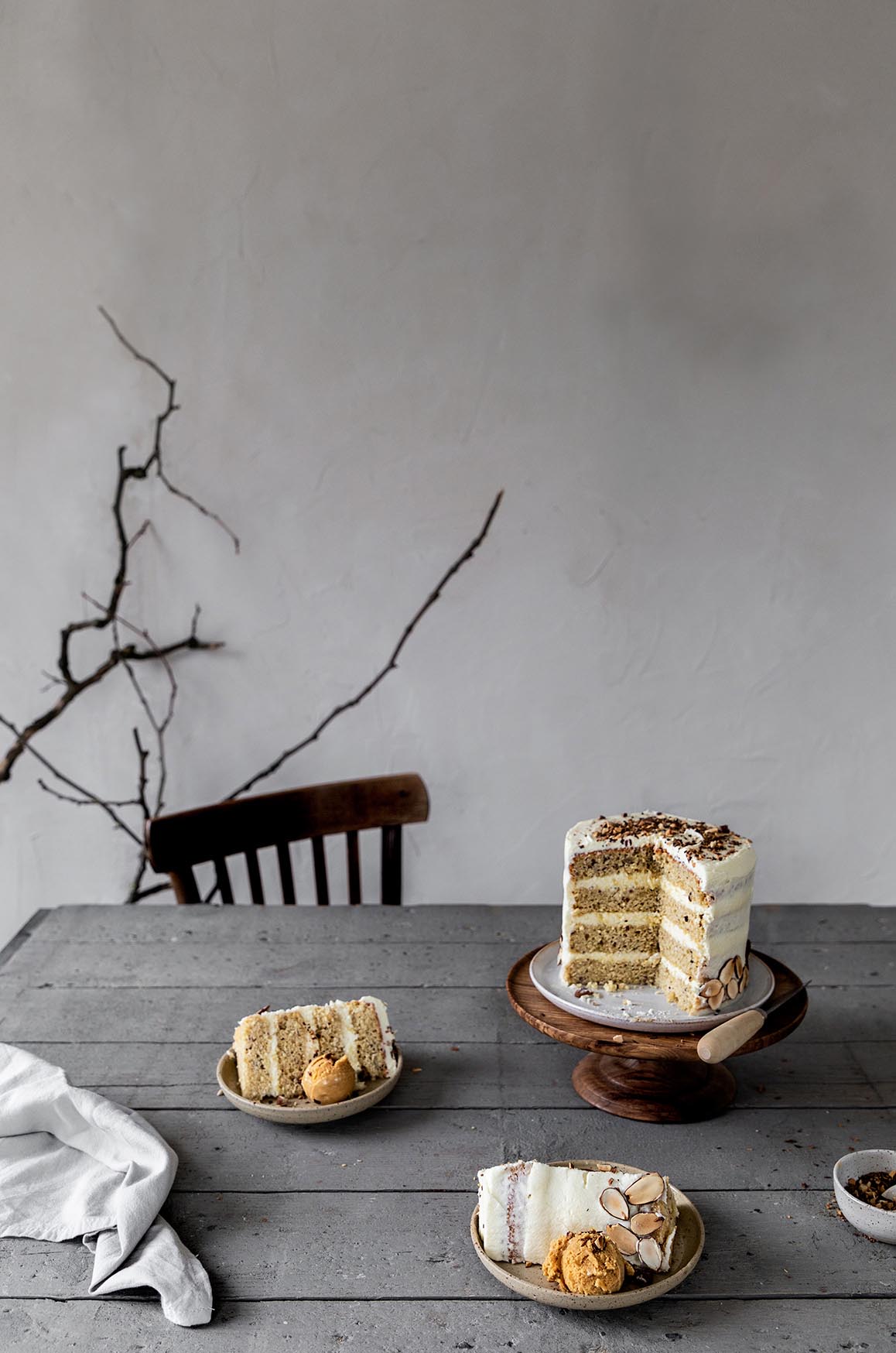
PREPARATION
- Preheat the oven at 170°C (350 F) and prepare your baking forms.
- Grease with butter 4 “spring form” cake pans of 16 cm/6 inch diameter, and sprinkle them with some brown sugar. Set them aside. Alternative you can make less layers of a larger diameter, for example 2 forms of 24 cm/9 inch diameter (if you do not have a “spring form” cake pan that allows you to remove the side of the pan, try using a regular cake plan with a parchment circle that is buttered and sugared to ease removal of the cake after it cools)
- In a mixing bowl, sieve the flour & baking powder. Add the salt and mix well. In a second bowl, beat the butter with the brown sugar until fluffy.
- Add the eggs, one by one, and beat until they are well combined with the butter and sugar. Add vanilla seeds. Gradually add one scoop of the dry ingredients mix (flour, baking powder & salt) and a portion of almond milk and mix well – using a spatula. Continue adding the dry ingredients and the almond milk alternatively. Mix well until all ingredients are well combined. Add the oven roasted crushed almonds and mix well.
- Equally divide the dough in the spring form pans.
- Bake in preheated oven at 170°C (350 F) for 25-30 minutes until the cakes are properly baked. You can use the toothpick-test to check if your cakes are ready. If you dip a toothpick in the center of the cake and the toothpick comes out clean, then the cake is done. If it comes out with pieces of wet unbaked dough, then you need to bake the cake for a couple more minutes. When ready remove the cakes from the oven and let them cool completely on a cooling rack.
- While you are waiting, prepare the buttercream. Beat the butter and the cream cheese for approximately 5 min and then slowly and gradually add the icing sugar. Beat until fluffy. Transfer 2/3 of the buttercream in an icing bag with a round tip and put the rest 1/3 aside. You will use the buttercream in the icing bag to build the cake layers and the other 1/3 to cover the cake.
- When the cake layers are completely cool, cut their tops if necessary to make them even and start building the final cake. Select a surface/cake stand of your preference, place the first cake layer and add – with circular movements – some of the buttercream you have prepared in the icing bag. Continue with the next cake layer and add on top of it another layer of the cream. Finish with the last cake layer, placing it bottom-up so that your final cake has an even top.
- Cover the cake with the rest of the buttercream and decorate with the halved oven-roasted almonds. You can sprinkle some of the crushed oven-roasted almonds on top too.
- Serve with some caramel ice-cream or other flavor of your choice.
Enjoy!

Story written and illustrated by food stylist and food content developer Alexandra Mitsiou. For more food photo stories visit Alexandra’s website!




